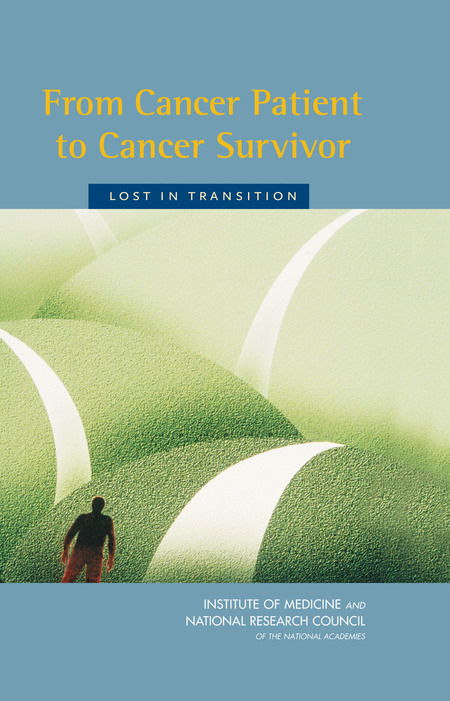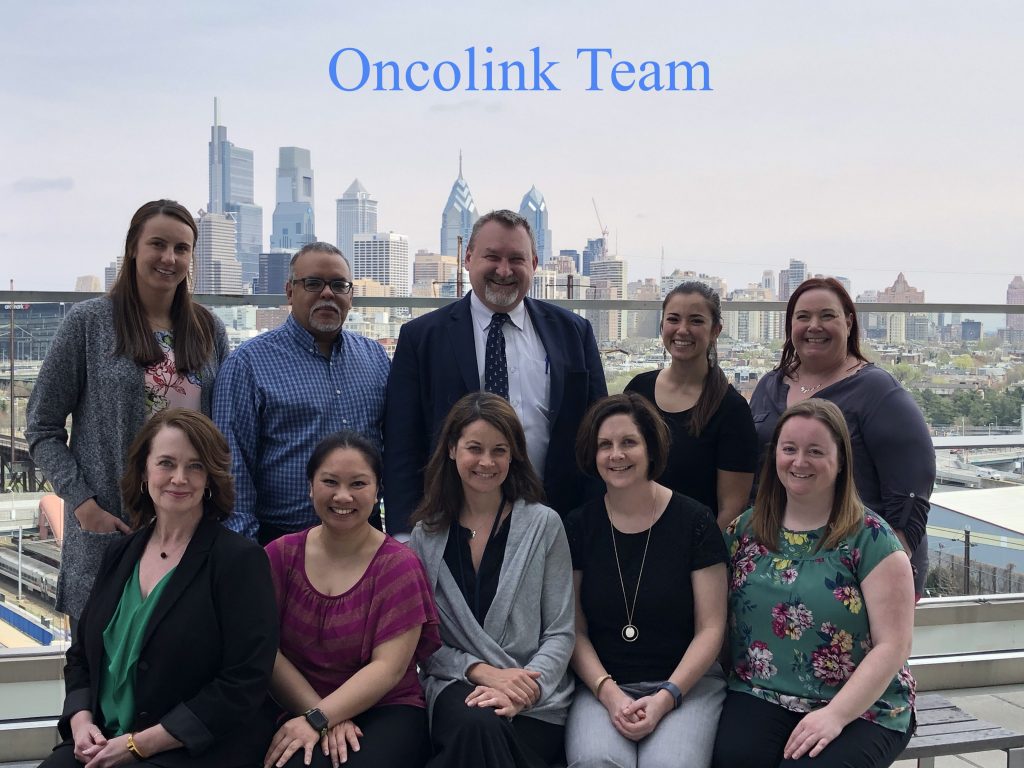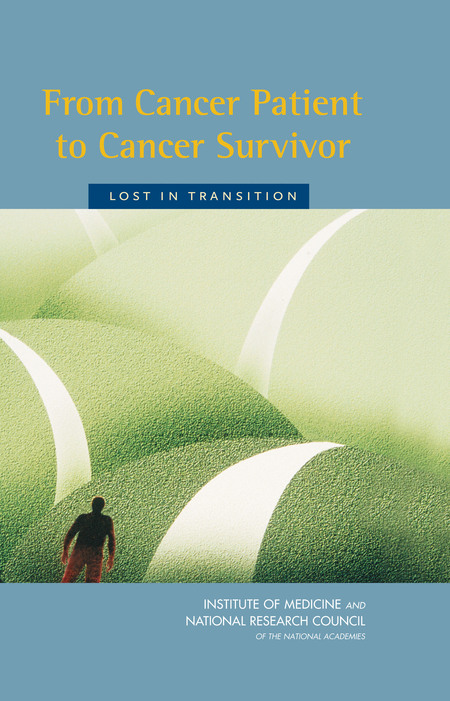
In April of 2007, OncoLink introduced the OncoLife Survivorship Care Strategy, a tool to develop care prepare for individuals who have actually endured cancer. As that tool reaches the turning point of 100,000 care strategies developed, OncoLink’s Handling Editor, Carolyn Vachani, reflects on the program’s origins.
In 1996, The Institute of Medication released a report called “From Cancer Client to Cancer Survivor: Lost in Shift.” This report shined a light on the problems individuals deal with after cancer treatment and the absence of assistance to assist them handle these problems. It was an extensive evaluation of the after-effects of cancer treatment; to put it simply, health issue triggered by the treatments themselves. These are frequently described as long-lasting (enduring years after treatment) or late (happening months to years after treatment) results. The report likewise highlighted the mental and useful issues after a medical diagnosis. It recommended all survivors need to get a treatment summary detailing the treatments they got, and a survivorship care strategy that includes physical, mental, and useful after-effects of treatment and how to avoid and/or handle them.
Right after this report, you would have been hard-pressed to discover a conference for oncology specialists that didn’t have one– if not lots of– sessions on the subject of survivorship. Like it or not, a brand-new buzzword had actually been developed.
I beinged in much of those conference sessions finding out about all the pieces of details a survivor need to get and how challenging it was to offer this details. I began to feel that excellence was ending up being the opponent of great. There was a great deal of details we might offer survivors. Was it best, research-based details to cover whatever the IOM wanted? Not totally, however from a survivor’s point of view, some valuable details was definitely much better than no details at all.
Over at OncoLink, we were getting e-mails from survivors questioning if health problems they had actually might be associated with their cancer treatments. The response was normally yes, however except checking out a medical library and combing through journals, a client would not stumble upon this details quickly. Keep in mind, it was the early web! Frequently their doctor were uninformed of the connection.

This got our little group brainstorming. At the heart of our objective is education, and much like we teach clients about handling queasiness or loss of hair, we felt forced to teach survivors about life after cancer. However every treatment had various long-lasting and late results. We required a program to assemble details particular to whatever treatment that user had actually gotten. It needed to be simple to utilize and available to clients, utilizing treatment details a client would understand, then providing what they required to understand in our normal conversational design. We got to work.
After a year committed to investigating, composing, and tech structure, we had actually developed a program to assist survivors learn more about long-lasting and late results in a survivorship care strategy format. The very first variation of the OncoLife Survivorship Care Strategy was introduced on April 23, 2007. Our objective was to inform survivors, assist them learn more about avoidance and tracking for late results, and most notably, assist them begin a discussion with their doctor about late results. We had no concept where this little-engine-that-could would go, however we were all set for the trip.
Flash forward fourteen years, and this little engine has actually grown significantly. OncoLife is quick approaching its 100,000 th care strategy developed! This turning point is not lost on this group– numerous individuals getting the education to assist them browse life after cancer is humbling. It presses us to do more, to think about what is next, how to enhance the tool and reach more individuals. Unfortunately, 25 years after the IOM report, many survivors still do not get care strategies. However this little engine is going to keep downing up until they do.

Carolyn Vachani is an oncology advanced practice nurse and the Handling Editor at OncoLink. She has actually operated in lots of locations of oncology consisting of BMT, scientific research study, radiation treatment, and personnel advancement. She functions as the job leader in the advancement and upkeep of the OncoLife Survivorship Care Strategy and has a strong interest in oncology survivorship care. She takes pleasure in talking about practically any cancer subject, along with gardening, cooking and, obviously, her boys.









